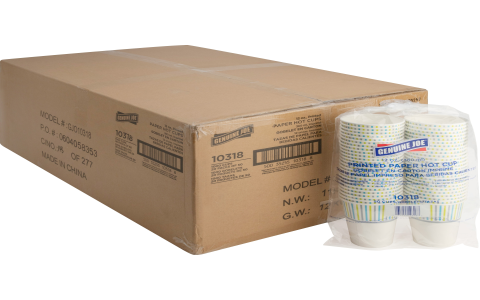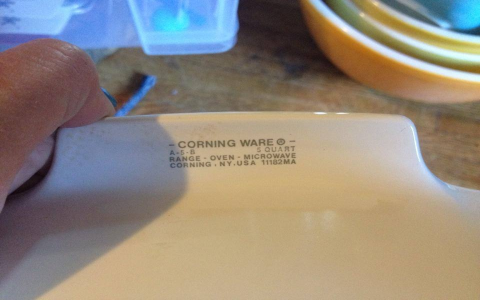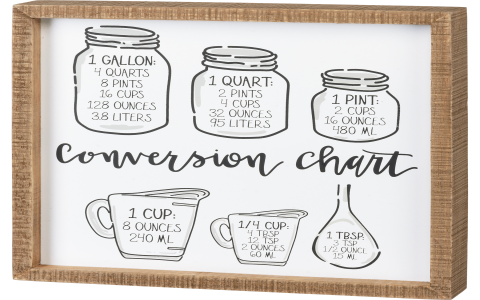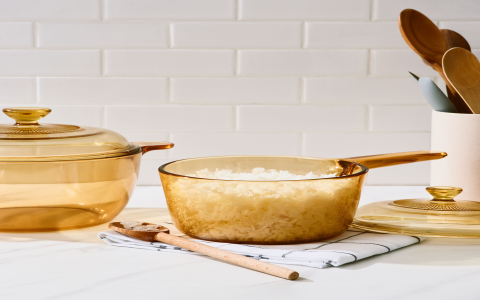Unveiling the Mystery of Measurements: From Milliliters to Cups
Have you ever found yourself in the kitchen, clutching a recipe that seems to speak a different language? Converting measurements can be a daunting task, especially when you’re whipping up a storm for a dinner party or a festive gathering. Today, we dive into the seemingly simple yet often confusing conversion: how many cups are in 360 ml?
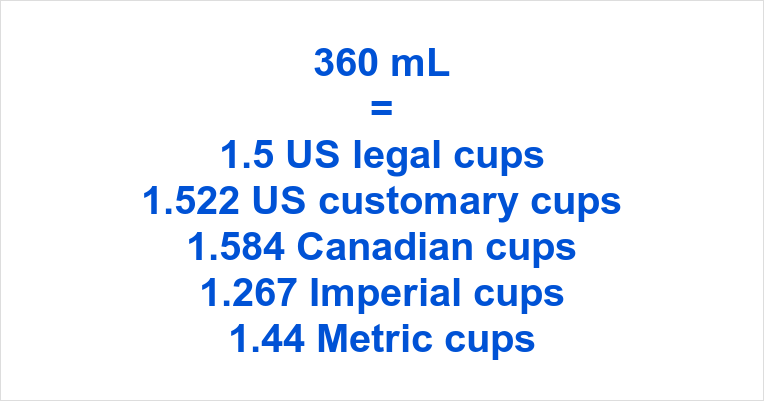
Before we embark on our culinary conversion journey, let’s understand what a milliliter (ml) is. A milliliter is a unit of volume in the metric system, equivalent to one-thousandth of a liter. On the other hand, in many Anglophone countries, cooking often involves cups. A cup, in culinary terms, isn’t merely a standard utensil but a measurement that defines volumes of ingredients like flour, sugar, or liquids.
Understanding the Conversion
The conversion from milliliters to cups isn’t straightforward because the metric system and the customary system used in places like the United States differ significantly for volume measurements. Here’s what you need to know:
- 1 US customary cup equals approximately 236.588 milliliters.
- Therefore, to find how many cups 360 ml is, we divide 360 by 236.588.
This means:
[ frac{360 , ml}{236.588} approx 1.521 , cups ]
So, 360 ml is about 1.5 cups in US customary measurements.
The Practical Approach
In practical cooking, precision isn’t always necessary. If a recipe calls for 360 ml of milk, for instance, you could round down to 1.5 cups or even use a 1 cup measure and then add a half cup, eyeballing the rest. Here’s when understanding kitchen tricks becomes handy:
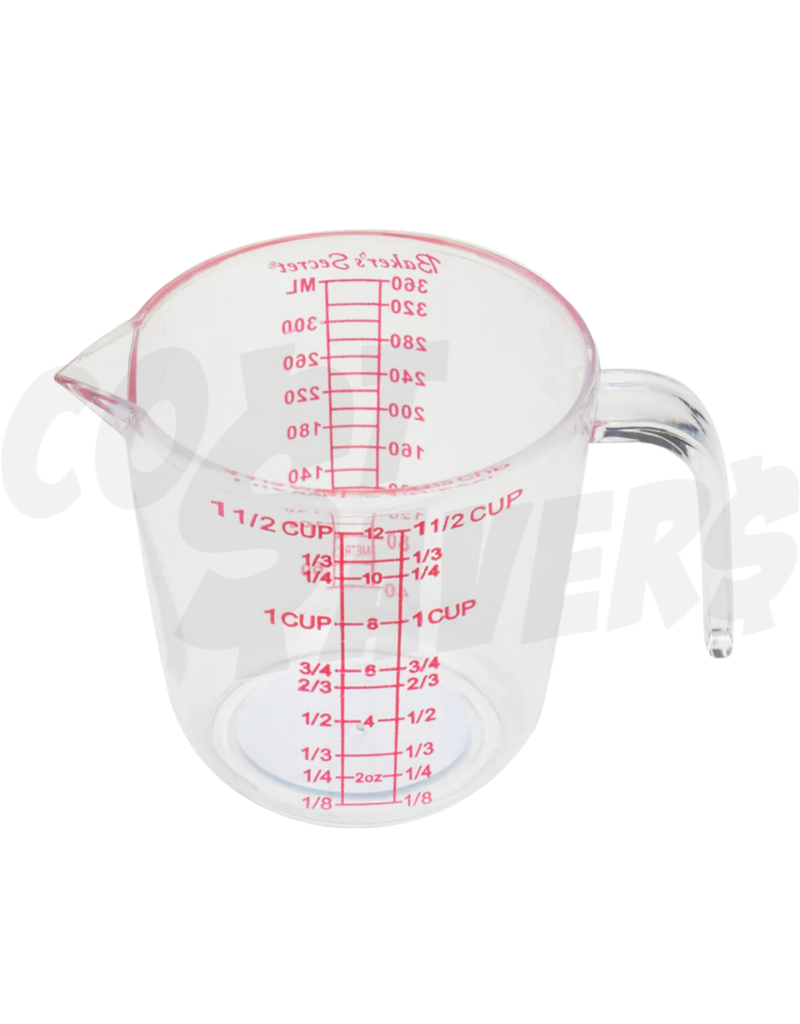
- Visual Estimation: Ingredients can often be "eyeballed." Experienced cooks know that a certain volume of one liquid (like water) can be quickly equated visually to another (like stock or wine).
- Using Tools: Kitchen scales can measure liquids by weight, though this might require converting fluid ounces or grams to milliliters first.
Cultural Differences and Precision
While cooking might not demand such precision, baking often does. Here’s where cultural nuances come into play:
- In countries using the metric system, recipes are more likely to list ingredients in grams or milliliters, ensuring that precise measurements translate directly into the weight of ingredients.
- However, in places like the US, recipes might provide volumes, which can lead to slight variations in recipes due to differences in ingredient densities and the tools at hand.
Why Precision Matters in Baking
When it comes to baking, precision can be the difference between fluffy, perfect cupcakes and a dense, flat disaster. Here are some reasons:
- Chemistry: Baking is often more science than craft. Exact ratios ensure that chemical reactions happen as intended.
- Appearance: Precision in measurements directly impacts the rising, texture, and appearance of baked goods.
Tips for Measurements
Be Flexible: Not every measurement needs surgical precision, especially in savory cooking.
Invest in Good Tools: Accurate measuring cups, spoons, and scales are worth the investment for any kitchen enthusiast.
Adapt to Local Ingredients: Understand how local ingredients react in terms of volume and density compared to what your recipe might specify.
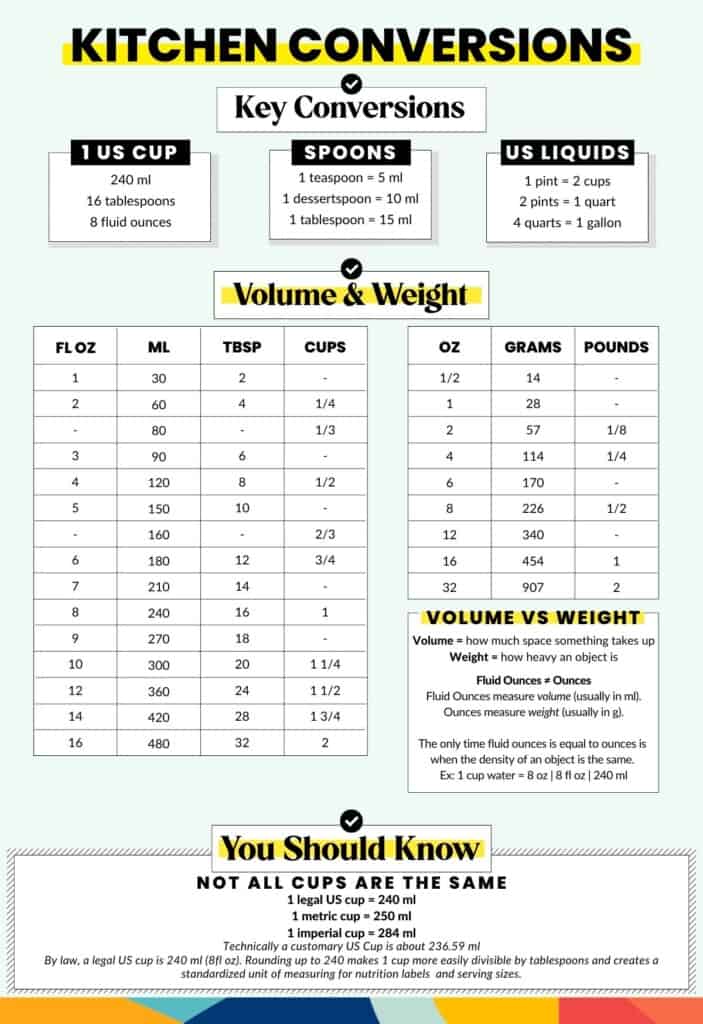
Account for Temperature: Liquids expand when hot and contract when cool, slightly altering their volume.
By understanding the conversion from 360 ml to cups and appreciating the nuances of culinary measurements, you equip yourself with a foundational skill invaluable to any home cook or budding chef. Whether you’re baking a precise batch of cookies or concocting a hearty stew, measuring ingredients accurately enhances not just the taste but the joy of cooking itself.
